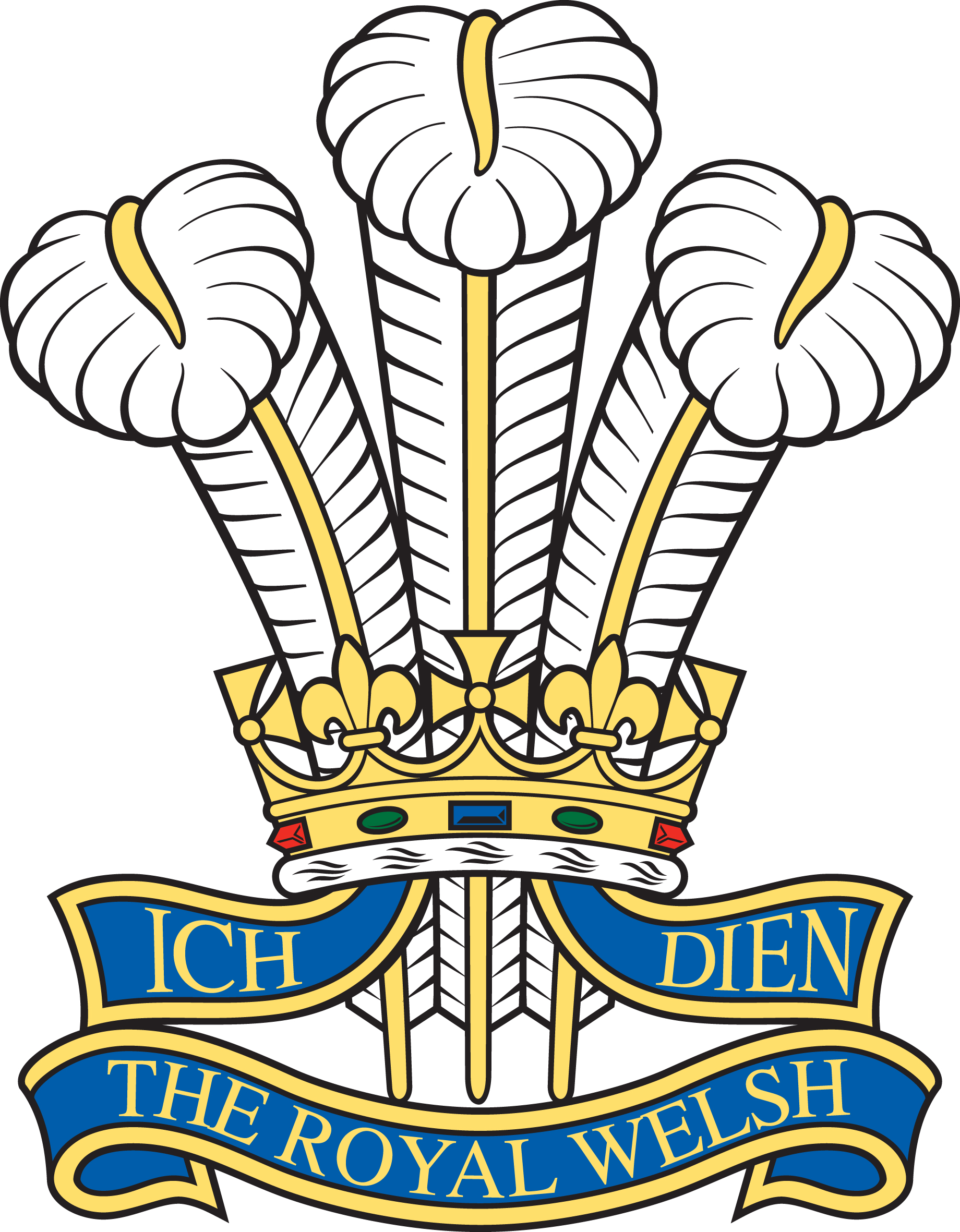Our Curator Coffee Morning is back for another season! We are so pleased with all…

The Loyal and Friendly Society of The Blew and Orange: A Temporary Exhibition
We had the opportunity to acquire a painting depicting an officer of the 24th Regiment. The painting, by Sir George Chalmers, shows the officer wearing a gold medallion with a dark blue ribbon. This medal is associated with the Loyal and Friendly Society of the Blew and Orange as it was given to its members. To showcase the new acquisition which is currently on display within the museum, we had the opportunity to host a temporary exhibition on the society of The Blew and Orange. This exhibition was made possible by grant funding from Art Fund and the Garfield Weston Foundation. This allowed us to borrow a number of items relating to The Blew and Orange. One of these items was the manuscript for the society which contained nine folios such as their constitution, original members list and rules. This was kindly borrowed from the British Library. We were also able to obtain on loan from The King’s Own Regimental Museum the society medallion, metal die used to produce the medallions and a silver cup.

In the year 1754, the 24th Regiment was one of five Regiments of foot at the British garrison in the Balearic Island of Menorca. The island was an important strategic location in Britain’s incessant wars against France with approximately 2,500 British soldiers on the island at this time. The soldiers stationed here comprised of the King’s Own Regiment (4th Regiment), Royal Regiment of Welch Fusiliers (23rd Regiment), 34th and 37th Regiments of Foot. The Society of the Blew and Orange is believed to have been founded in the early 1730s by the 4th (King’s Own) Regiment of Foot. The Blew (the 18th Century spelling of blue) illustrated the Royal connection and the Orange illustrated the link with King William III (William of Orange). The Society had formal dinners four times per year, and the last recorded meeting was in 1801. As well as celebrating the Revolution and the Accession of the Hanoverians (1st August 1714), the Society also kept the anniversaries of the Battle of the Boyne (11 July) and the Battle of Culloden (16 April).
Organised similarly to that of a Freemasons’ Lodge, it upheld the Protestant Succession and adhered to Whig political principles at a time when the Jacobites were a threat to the succession of the throne due to the Jacobites seeking to restore the House of Stuart to the British throne. Staging rebellions in Scotland in 1715, 1719 and 1745, they attempted to overthrow the ruling Hanoverian Royal Family. The Jacobites were encouraged and assisted by Britain’s enemies, in particular the French, who saw support for the Stuarts as a way of distracting Britain from its military campaigns overseas. The principles of a Protestant Succession was ever-present as membership of such societies, such as the Blew and Orange, was a method of demonstrating one’s loyalty to the Hanoverian dynasty. The society did not stand the test of time, however, and seemed to have faded away in the very early 19th century.
The records of members is not complete and so it is not known which officers of the 24th were elected members while stationed with the 4th Regiment in Menorca in 1753/54. There are also no inspection or monthly returns, or muster rolls for the 24th during the year 1754, and therefore impossible to know who was present for all or part of 1754. Therefore, making it difficult to determine who the officer depicted in this portrait may be. However, we do know that at least one officer from the 24th was a member. His portrait, also by Sir George Chalmers, was painted in Menorca in 1755 and was reproduced in the Journal of the Society for Army Historical Research in 1927. It appears that Chalmers probably spent all or part of his time in Menorca between 1751-55. A military portrait signed and dated ‘Minorca May 1751’ is known, as are two known to have been painted in the island in 1755. It is probable that he painted portraits of many of the garrison’s officers during his time in Menorca but surprisingly few seem to have been recorded.
One of the paintings by Chalmers, from 1755 Minorca, is believed to be identified as Hon. Edward Cornwallis, founder of Halifax who was stationed at Minorca in command of the 24th Regiment. In the painting he is depicted wearing the Society of the Blew and Orange medallion. As his name is not found in the list of regular members, it is believed the medal was conferred on him as an honorary distinction by the officers of the King’s Own Regiment who were stationed in Minorca at the time.





This Post Has 0 Comments